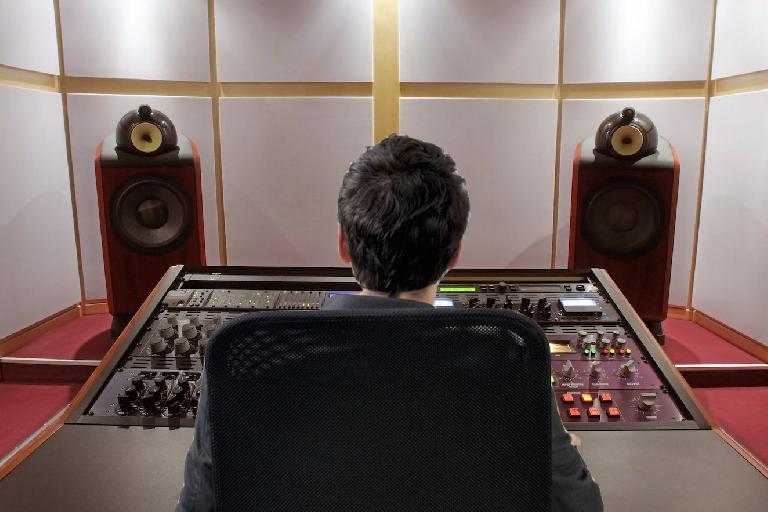طول تمام مراحل تولید از راه اندازی، ضبط، میکس، و مسترینگ، هر تعداد از مشکلاتی که می توانید محصول، و یا اشتباهات است که می تواند ساخته شده، که منفی می تواند در نتایج نهایی تاثیر وجود دارد. در اینجا 8 پیشنهادات سریع
1. Setup: Don’t wear too many hats
بسیاری از مردم
2. Setup: Don’t skimp on the monitoring
هر تصمیم گیری شما را در طول یک پروژه در چه شما را از طریق مانیتور شنیدن است، بنابراین این یک منطقه است که واقعا می تواند
3. Recording: Don’t ignore the performers’ monitor mix
فقط به عنوان شما را در آنچه شما را بر روی مانیتور استودیو را بشنود بستگی دارد، اجرا در آنچه که در مخلوط هدفون خود را می شنوید بستگی دارد. اگر ترکیبی از آهنگ های حمایت و تعادل بین آنها و عملکرد
4. Recording: Don’t commit to processing on the way in
اغلب، در طول ردیابی، شما ممکن است احساس کنید که شما
5. Recording: Don’t “fix it in the mix”
این عبارت یک شوخی صنعت ضبط قدیمی است
6. Mixing: Don’t mix the same day as recording & editing
این ممکن است همیشه یک گزینه باشد، اما هر زمان که ممکن است، آن
7. Mixing: Don’t try to make a mix sound like a master
می توان آن را عمل خوب
8. Mastering: Don’t master your own mixes
و این ما را به آخرین پیشنهاد من به ارمغان می آورد
و آن






 © 2024 Ask.Audio
A NonLinear Educating Company
© 2024 Ask.Audio
A NonLinear Educating Company
Discussion
The unsexy thing is it's more complicated and takes a lot more time and knowledge than deciding how much you want to spend on a pair of shiny new near fields. However, even the best monitors available are going to give unsatisfactory results in a poorly treated space. Instead of spending $800 on a pair of high-mid end monitors, for instance, I would argue that money would be vastly better spent if you took $400 and put it into room treatment, and settled for some slightly less pricy (but still adiquate) monitors.
On a budget, DIY solutions can be 4-8x cheaper than pre-made treatment, using the exact same materials and achieving the same results, but it takes lots of time and effort.
Want to join the discussion?
Create an account or login to get started!